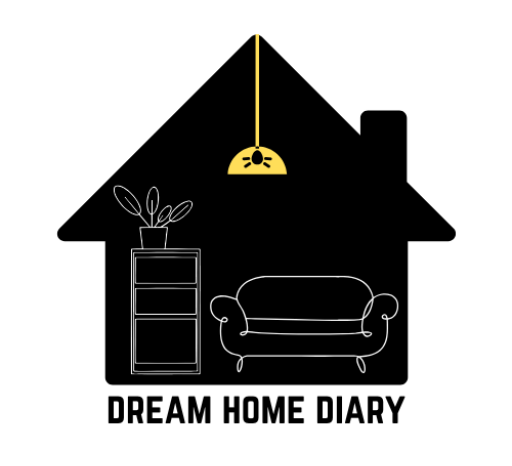15 Design Terms You’ve Been Saying Wrong Your Whole Life
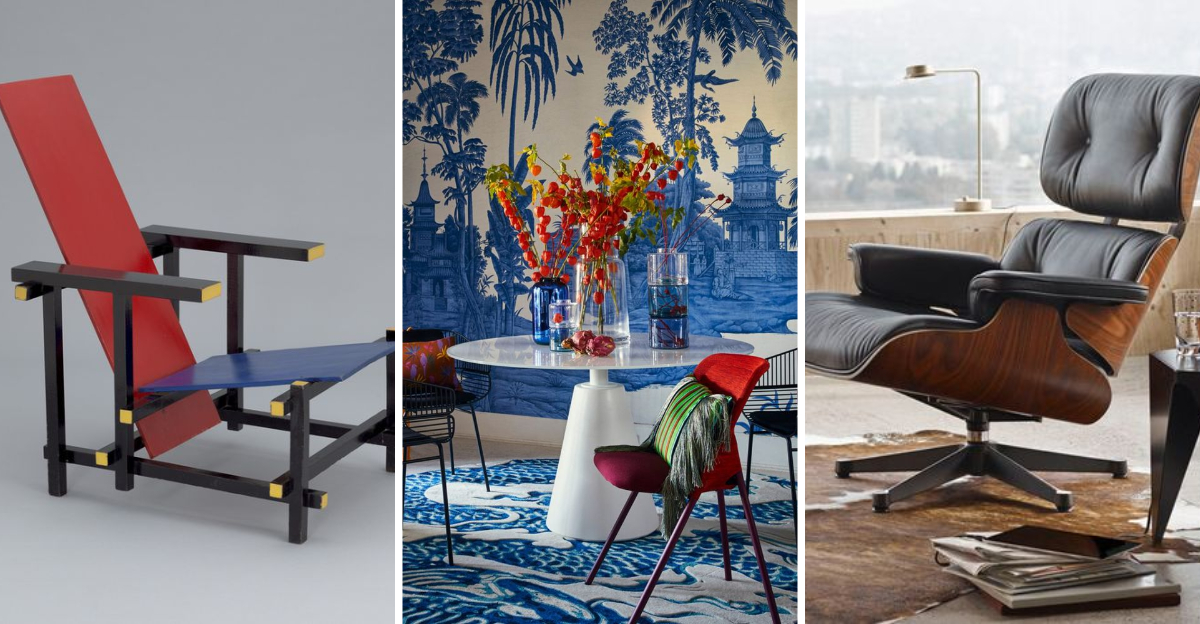
Ever found yourself in a design conversation, confidently using terms you’ve only read in magazines? We’ve all been there!
Pronunciation mishaps happen to the best of us, especially with design vocabulary that often borrows from various languages. Let’s clear up some common design term blunders that might be making professionals secretly cringe.
1. Chaise Longue
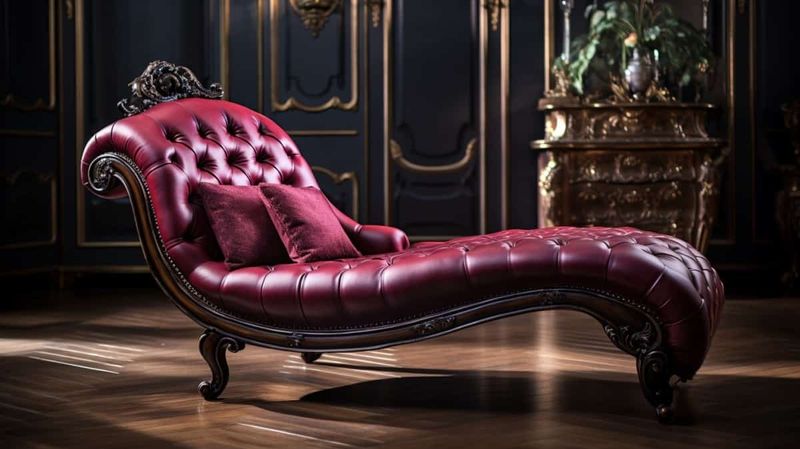
Commonly butchered as “chaise lounge,” this elegant piece of furniture deserves better! The correct pronunciation is “shez long” (French for “long chair”), not “chaze lounge.”
French furniture makers created this lounging masterpiece in the 16th century, and somehow English speakers have been mangling it ever since.
2. Eames
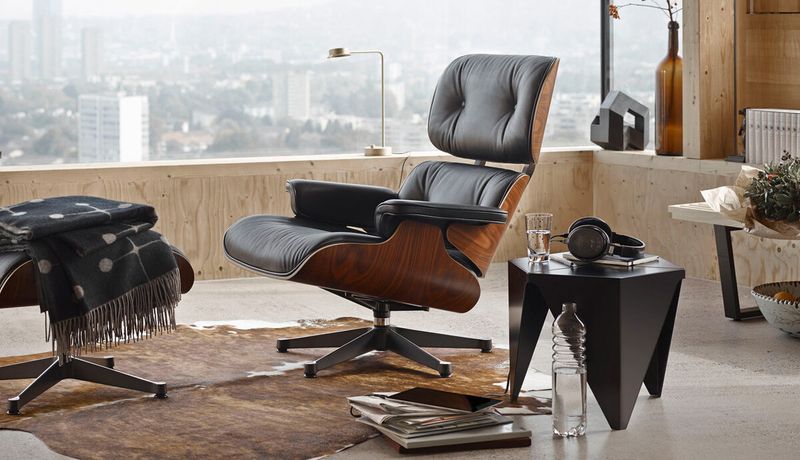
Saying “eem-z” when referring to the iconic mid-century modern designers? Awkward! The correct pronunciation is actually “eemz” (rhymes with “teams”).
Charles and Ray Eames revolutionized furniture design with their molded plywood and fiberglass creations that remain wildly popular today.
3. Sconce
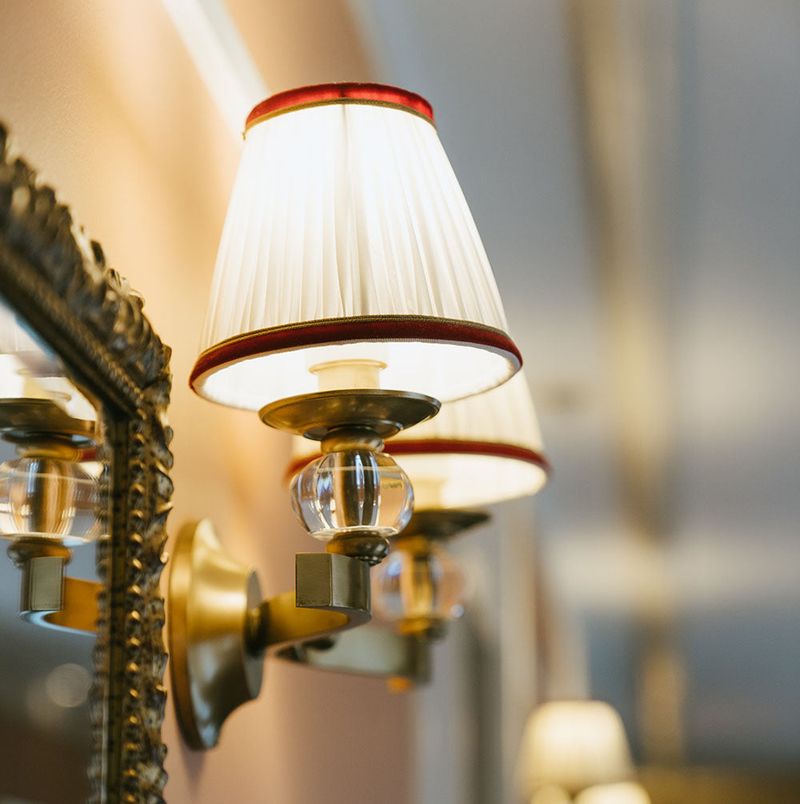
Wall lighting gets tricky when “sconce” enters the chat. Many say “skawnse” when it should be “skons” (rhymes with “wants”).
Dating back to medieval times when they held candles, sconces now add dramatic wall lighting to modern spaces while still causing pronunciation drama at design stores nationwide.
4. Façade

Architects cringe when hearing “fuh-kade” instead of the correct “fuh-sahd.” That little mark under the c (called a cedilla) signals the softer pronunciation.
Borrowed from French architecture terminology, façade refers to the exterior face of a building and deserves the respect of proper pronunciation.
5. Chinoiserie
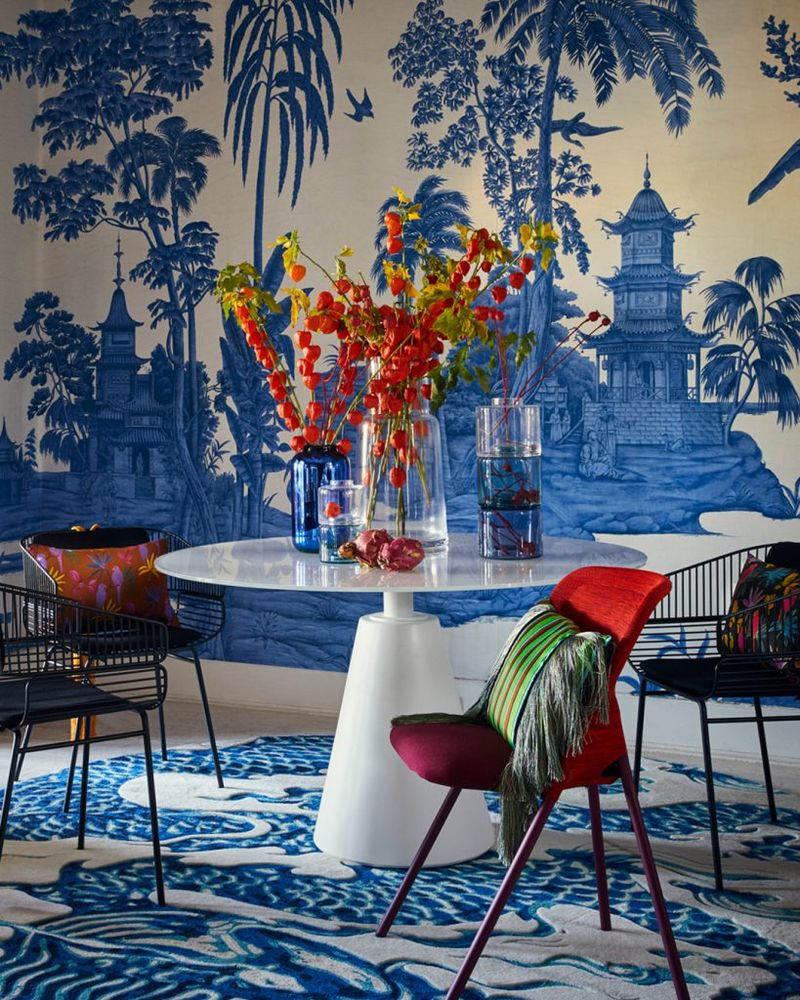
Stumbling through “chin-oh-ser-ee” instead of the correct “sheen-waz-ree” reveals your design vocabulary needs polishing! French in origin but Chinese in inspiration, this decorative style deserves proper pronunciation.
Featuring fanciful Asian-inspired motifs, chinoiserie became wildly popular in 18th-century European decorative arts.
6. Louis XVI

Saying “Louis Sixteen” instead of “Louis Sez” (or “Louis Seize”) might make French design aficionados wince. Named after the ill-fated French king, this neoclassical furniture style deserves its proper French pronunciation.
Recognizable by straight lines and classical motifs, Louis XVI furniture represents a departure from the curvaceous rococo styles.
7. Sgraffito
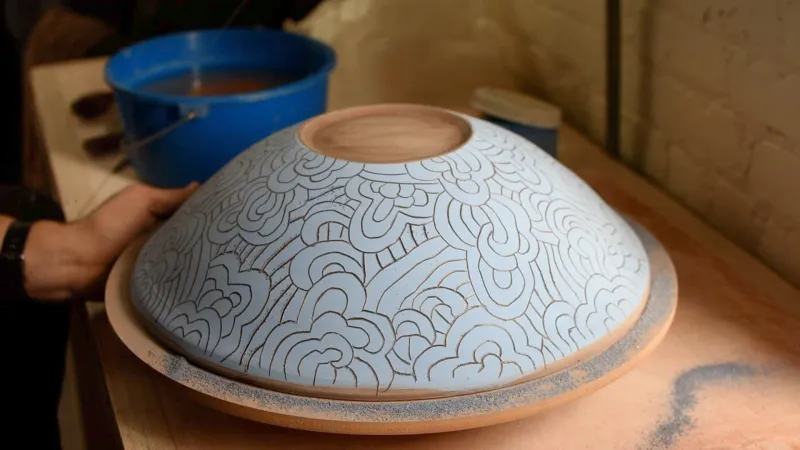
Pottery enthusiasts often say “skra-fee-toe” when they should say “sgra-fee-toe.” That initial ‘sg’ sound is tricky but important for this decorative technique.
Originally from Italy, sgraffito involves scratching through a surface layer of plaster or clay to reveal a different colored layer beneath, creating contrast and texture.
8. Pergola

Garden designers might raise eyebrows if you say “per-GO-la” instead of “PER-go-la” with emphasis on the first syllable. Latin in origin, this outdoor structure deserves accurate pronunciation.
Creating dappled shade and architectural interest, pergolas have been enhancing gardens since ancient Roman times while continuing to challenge modern tongues.
9. Rietveld
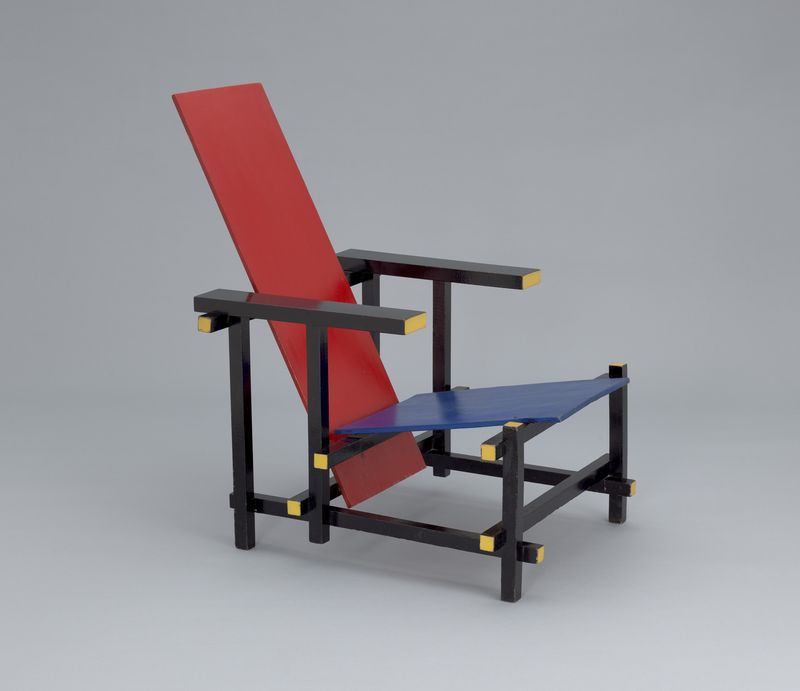
Modernist furniture fans frequently mispronounce Dutch designer Gerrit Rietveld’s name as “reet-veld” when it should be closer to “reet-felt” with a softer final consonant.
Famous for his iconic Red and Blue Chair and the Schröder House, Rietveld was a pioneer of De Stijl movement, emphasizing pure abstraction and simplicity.
10. Toile
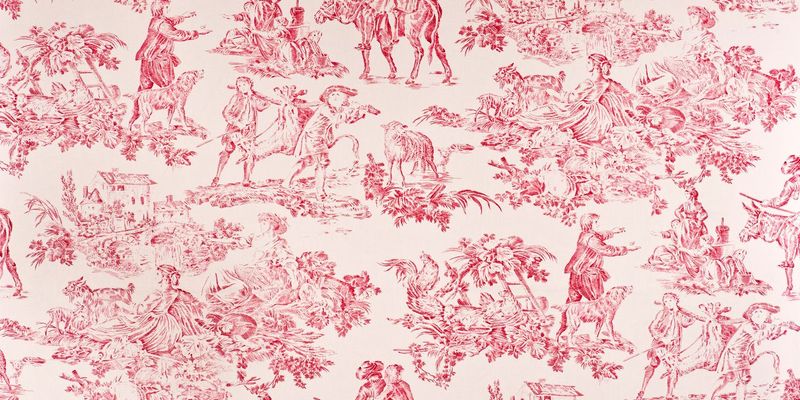
Fabric enthusiasts often say “toy-el” when referring to this classic pattern, but the correct French pronunciation is “twal” (rhymes with “wall”).
Shorthand for “toile de Jouy,” this fabric typically features pastoral scenes printed in a single color on white or off-white background. Popular since the 18th century, it continues adorning homes today.
11. Bauhaus

Architecture students sometimes say “baw-HOUSE” instead of the German “BOW-house” (where “bow” rhymes with “cow”). Founded in 1919 by Walter Gropius, this influential German art school revolutionized modern design.
Combining crafts and fine arts, Bauhaus philosophy embraced functionality and minimalism, principles that continue shaping contemporary design aesthetics today.
12. Sèvres

Porcelain collectors often stumble with “sev-res” instead of the French “sev” (where the final ‘s’ is silent). Named after the French town where this prestigious porcelain has been produced since the 18th century.
Known for exceptional quality and vibrant colors, Sèvres porcelain was favored by French royalty and continues to be highly valued by collectors worldwide.
13. Corbusier
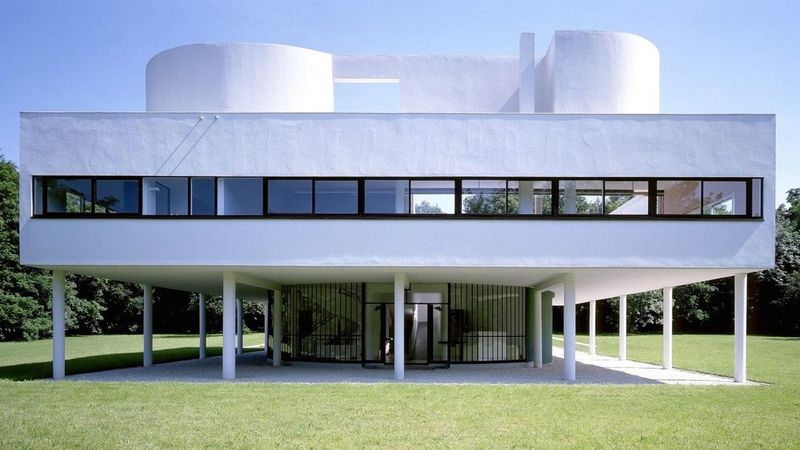
Mistakenly saying “Cor-BU-see-ay” instead of “Cor-bu-ZYAY” reveals unfamiliarity with this pioneering architect. Le Corbusier (born Charles-Édouard Jeanneret) was a Swiss-French architect who revolutionized modern architecture.
Famous for his statement that houses should be “machines for living in,” his influence on urban planning and furniture design remains immense.
14. Rococo
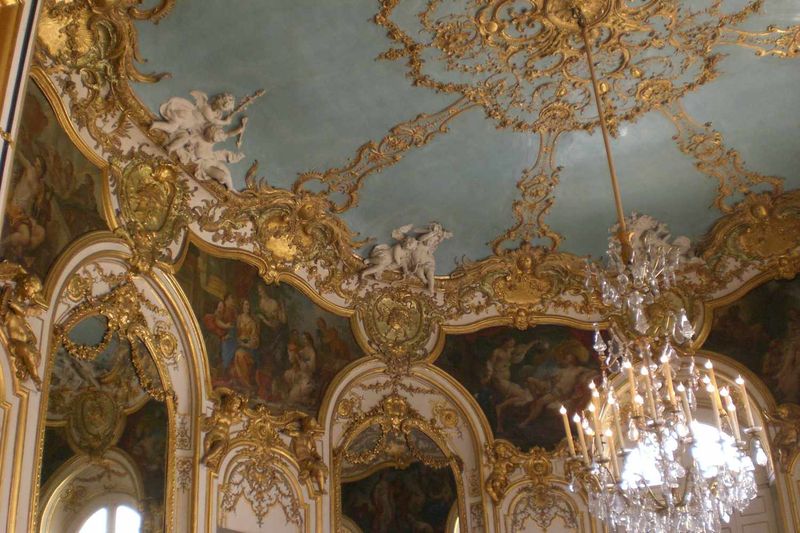
Art history buffs might say “ro-CO-co” when the correct pronunciation is “ro-co-CO” with emphasis on the final syllable. Developed in early 18th century Paris, this ornate style represented a departure from the grandeur of Baroque.
Characterized by playful themes, pastel colors, and asymmetrical designs, Rococo embraced curves and natural motifs.
15. Damask
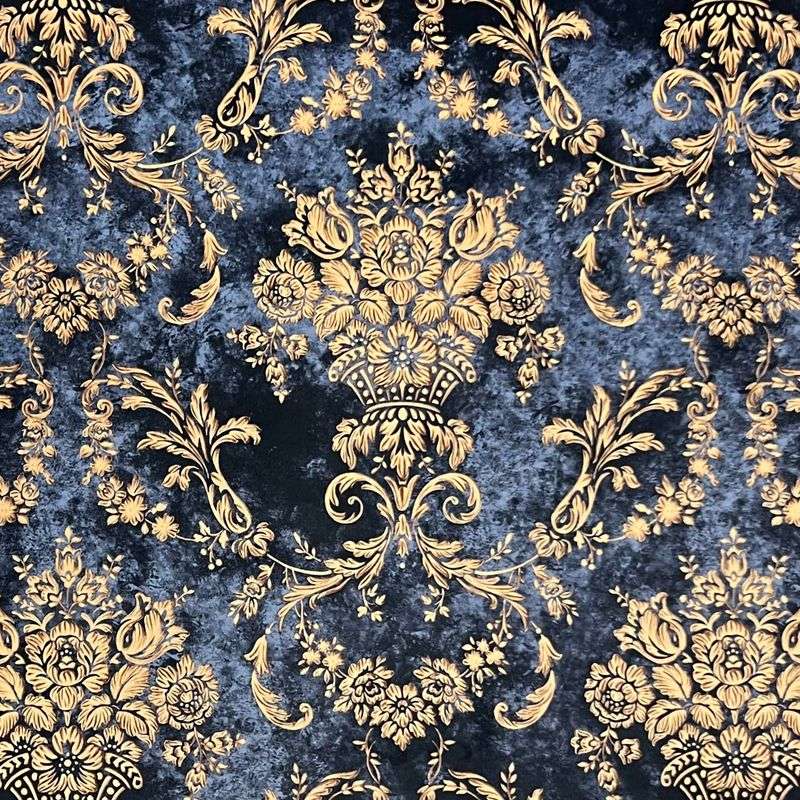
Fabric lovers often pronounce it “da-MASK” when it should be “DAM-ask” with emphasis on the first syllable. Named after Damascus, Syria, where this reversible figured fabric originated in the Middle Ages.
Featuring patterns woven into the fabric rather than printed on top, damask creates an elegant, subtle design effect that’s still popular in upscale interiors today.
